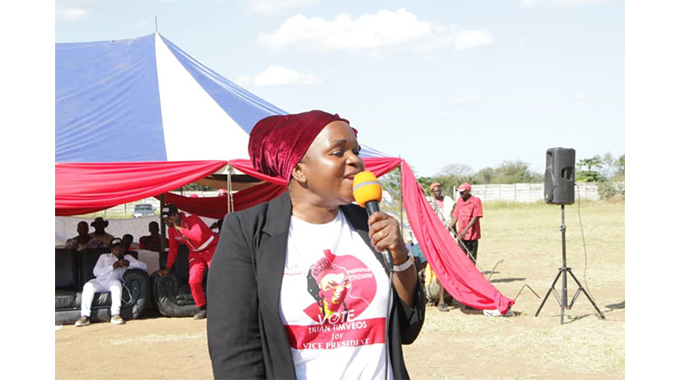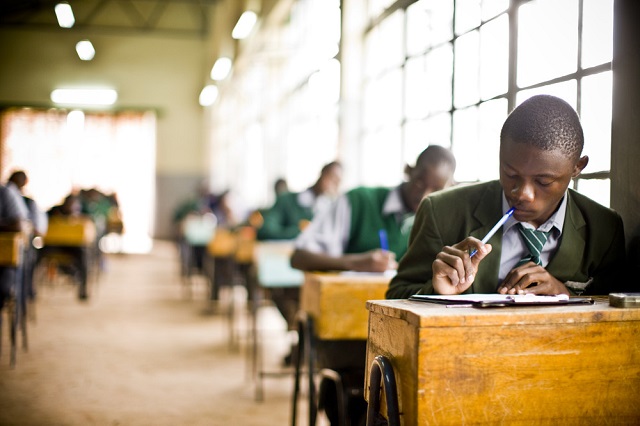Market literacy is more important than financial literacy

Charles Dehwa
FINANCIAL literacy has gained prominence as a necessary intervention in most developing countries. However, what has become clear in most agro-based African countries is that market literacy is more important than financial literacy because the market provides the broader context in which financial literacy can be understood.
While almost everyone can grow crops or keep livestock, very few people are literate enough about market processes to be able to earn incomes that sustain their agricultural operations. This is because dynamics in agricultural markets go beyond what is taught in farming as business courses or what is written in textbooks that are used in schools or colleges.
In most cases, farmers and value chain actors lack critical literacies on market processes. Ideally, such literacies should start at harvesting when farmers should carefully think about how to handle commodities in ways that will meet the needs of different markets (formal and informal markets). This will prevent cases where the majority of farmers who take their commodities to African mass markets like Mbare in Harare or Makola in Accra have no idea whom they are going to meet and how the commodities will be received.
Farmers should also strive to know operating hours for different markets as well as shifts in those operating hours depending on seasons and other factors. For instance, most African farmers’ mass markets open around 4:30 – 5am and close between 12 noon and 1pm so that farmers go back to the farms on time. Usually, the wholesale market sells to consumers what will have been hoarded from farmers. There are also instances where the retail and wholesale markets operate concurrently. However, shorter trading hours for farmers have a bearing on the number of farmers who should be in the market per day as well as volumes that should be brought by those farmers.
Measurement and packaging are often used by middlemen to get more commodities from unsuspecting farmers for less money. That is why farmers should be aware of different types of measurements and packaging used in the market before they bring commodities. For instance, in Zimbabwe, more than 45% of potato pockets are now sold from Mbare market. There are specialists who import and sell much cheaper than formal companies. They are the same pockets used to pack onions, butternuts and garlic. Plastic poly bags are used in the market, mostly by vendors wherever they do their business to pack chilli pepper, okra and other commodities.
Although there are companies that produce sacks, Mbare handles more than 50% of the 50kg bags in circulation, all types, some new and others re-used. Companies that import bran, flour and feedstock often dispose of the sacks which end up in Mbare. Popular measurements are sacks called saseka or semia. Like most packaging, choices for saseka and semia were informed by vendors of butternuts and cucumber.
When these vendors tried to break bulk from 50kgs into heaps they discovered that the 50kg bag contained less commodities and as they looked around they stumbled on the 62kg saseka which lends itself very well to breaking bulk, heaping and other forms of repackaging that happen in smaller residential markets. The other influence came from transportation where it was discovered that given that transporters charge per bag and not per entire load, the 50kg was expensive to transport although it contained fewer commodities.
Another permanent feature in mass markets is the wooden crate. The introduction of the wooden crate into the market was driven by communal tomato production but is gradually being replaced by plastic sandaks. The 8kg wooden box is also targeted at low-income consumers who cannot afford large packages. No one is researching the possibility of coming up with an alternative container that can replace the wooden box and of smaller weight.
Manufacturers are not investing in research and development and the market has not strongly expressed the need for that to happen. However, the wooden box is slowly moving out as most communal farmers engage with traders who are bringing 30kg plastic crates to the farm as a standard measurement. The nature of the product exchange at the farm is replacing the role of the wooden box.
When financial institutions lack literacy on market processes, chances of financing over-subscribed commodities and agribusiness models are very high. That is why financial institutions should finance the development of robust information and knowledge ecosystems around agricultural markets. It is not enough to invest in piecemeal corporate social responsibility initiatives mainly designed for marketing or self-promotion. On the other hand, in order to come up with the right market policies, policymakers should be adequately literate about prevailing market processes.
* The writer can be reached on [email protected]/[email protected]/ [email protected]








Comments